A friend once said that salespeople at luxury boutiques should be snooty. The reason given was that this attitude was part of the luxury cachet.
Unless you have been hiding under a rock, that is not the case for luxury retailers in 2016. In my experience, that is precisely what you should not do.
If you work at Chanel, you’re not Chanel.
Whether you spend $7K on a bag at Chanel or $20K at Hermes, all clients should be treated with respect. Aspiration and negative attitude sales pitches are not only counterproductive, they are destructive. (I might add, this should be true of all human interactions and not just the act of buying luxury products.)
The Emotional Bonding
Luxury was never about price. This is an outdated concept built on a social model which is incompatible with democratic values. It is about brands, which are authentic. Authenticity implies function, design, intrinsic value, and in certain cases heritage and pedigree.
Luxury must provide the right experience to win one customer’s heart. This means touching the heart and dazzling the senses. When done in this manner, the client feels their lifestyle has been enhanced. Yes, I’m aware that a product is just a thing. However, things act as a trigger and can alter perception, inner balance, and outer harmony. Furthermore, we humans associate those feelings with a fantasy that once you get the product, it’s going to lead you to a better life.
Selling Idealism
“People really want to learn and tap into that ability to lead a better life. Luxury brands incorporate idealism into someone’s life and this would not have happened four, or even two, years ago, ” explains Colleen Wachob, the chief branding officer of MindBodyGreen, a media property dedicated to health, wellness, and lifestyle.
Traditional luxury retailers are responding. In six of its stores (and online), Lane Crawford has developed a “Fit Room,” a year-long pop-up that features products from more than 70 brands aligned, in some way, with the Transformation Economy. This includes products from Live the Process leggings and District Vision sunglasses to Vitamix blenders, Fitbit fitness trackers, and Technogym equipment. Along with in-store workouts and other events, the China-based department store is offering beauty touch-ups and a cold-press juice bar.
In some ways, fashion goods have always been transformative in their own right: they can certainly make someone more attractive and communicate social status. So it’s perhaps not that much of a stretch for fashion brands to start offering deeper transformations.
“Brands must remember that consumers are looking to become better people if they’re buying physical goods. It’s to achieve aspirations, whatever they might be.”

![5 Reasons You Should Travel Alone Airplane [image source: chau nguyen/ http://thedevilhatessweatpants.blogspot.com.au ], crowd ink, crowdink, crowdink.com, crowdink.com.au](https://crowdink.com/wp-content/uploads/2016/08/Chau-airplane-218x150.jpg)


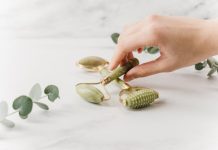


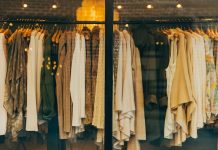







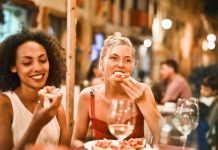


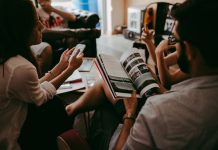
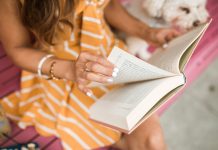




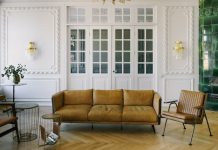
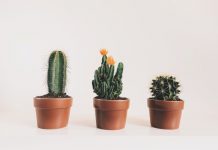

![Chanel Luxury Chanel Luxury [image source: Chanel], crowdink, crowd ink, crowdink.com, crowdink.com.au](https://crowdink.com/wp-content/uploads/2016/05/Luxurysourcechanel.jpg)


![5 Reasons You Should Travel Alone Airplane [image source: chau nguyen/ http://thedevilhatessweatpants.blogspot.com.au ], crowd ink, crowdink, crowdink.com, crowdink.com.au](https://crowdink.com/wp-content/uploads/2016/08/Chau-airplane-100x70.jpg)


